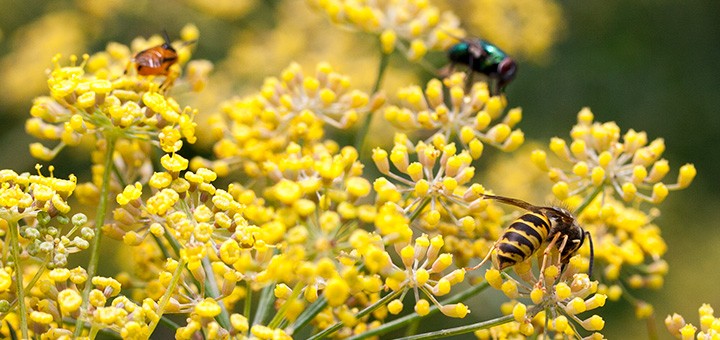
The following is a quick guide to insect orders
For those of you who haven’t read the ‘Bug basics: Taxonomy’ page, orders are groups of insects defined by common physical and life-cycle traits. For example Diptera (True flies) contains all insects that only have two wings, the hind wings having evolved into paddle-like halteres and Coleoptera (Beetles) contains all those who have modified their front wings into a hard shell, known as elytra.
Below I’ve listed the generally accepted 29 insect orders but unlike most references which tend to go from most primitive to most modern in evolutionary terms – Apterygotes (primitive wingless insects) followed by Exopterygotes (insects with partial metamorphosis) then Endopterygotes (insects with full metamorphosis) – I’ve decided to list them by which you’re most likely to see when out and about.
I provide links to order-specific pages for the majority of them but for those containing tiny little things that you’d probably never see or those that don’t – or very rarely – appear in the UK I’ve just given the common name. On the pages that are linked I attempt to give all the basic information I can to help you recognise and start sorting out insects from that order. There will then be links from that page to more detailed information – where I have the photos and when I get the time!
(Before clicking a link I urge you to read the other ‘Bug basics’ pages first otherwise a lot of the info will make little sense to you!)
Orders you will probably see
02: Hymenoptera (Bees, wasps, ants etc)
03: Lepidoptera (Butterflies and moths)
04: Coleoptera (Beetles)
05: Hemiptera (True bugs)
06: Odonata (Dragonflies and damselflies)
07: Orthoptera (Grasshoppers and crickets)
08: Neuroptera (Lacewings etc)
09: Mecoptera (Scorpion flies)
10: Dermaptera (Earwigs)
Orders you may see, depending on where you live
11: Ephemeroptera (Mayflies)
12: Trichoptera (Caddis flies)
13: Plecoptera (Stoneflies)
Orders you may see but are tiny
14: Thysanoptera (Thrips)
15: Siphonaptera (Fleas)
16: Thysanaura (Three-tailed bristletails)
17: Diplura (Two-tailed bristletails)
18: Collembola (Springtails)
19: Psocoptera (Booklice and barklice)
Orders you probably won’t see because they are rare or absent from the UK
20: Dictyoptera (Cockroaches and mantids)
21: Phasmida (Stick and leaf insects)
22: Isoptera (Termites)
23: Embioptera (Web-spinners – no, that doesn’t mean spiders!)
Orders that are so tiny or globally rare you almost definitely won’t see them
24: Protura (Tiny soil-dwellers)
25: Mallophaga (Wingless biting lice)
26: Anoplura (Wingless sucking lice)
27: Strepsiptera (Parasites)
28: Grylloblatodea (Living fossils)
29: Zoraptera (Angel insects)

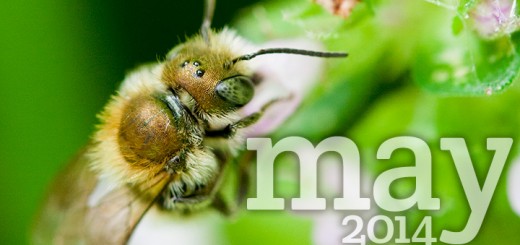
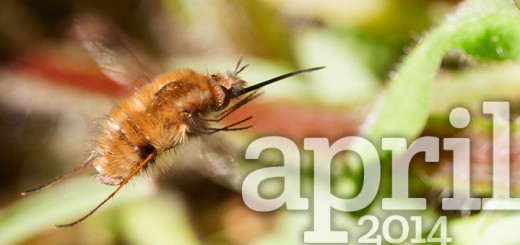
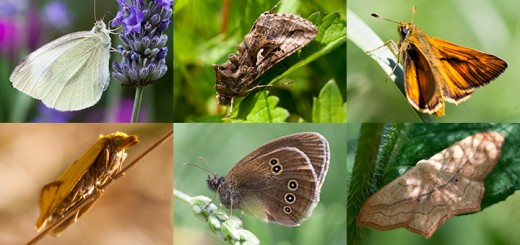
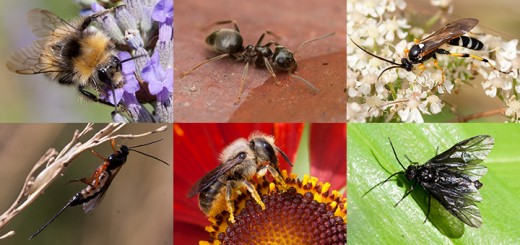
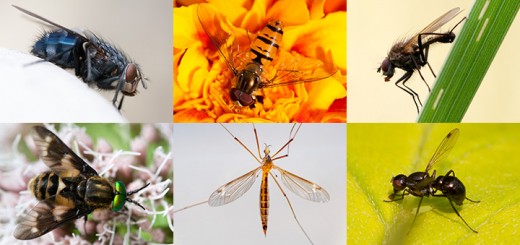
Recent Comments